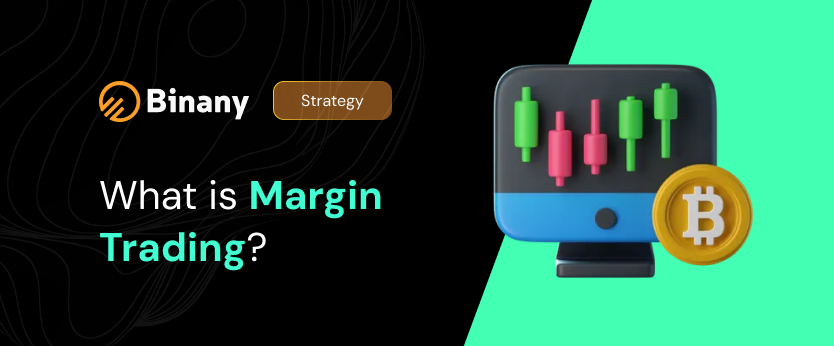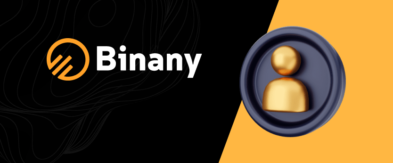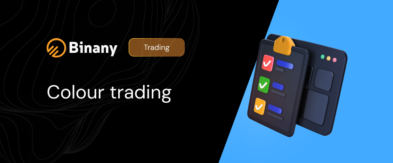What is margin trading? Definition
In an ever-evolving financial world, the choice of tools becomes paramount. Aspiring traders are often found asking, “which app is best for trading?” This question is not trivial.

The right app can offer an intuitive interface, real-time market data, reliable security features, and a variety of trading options, including margin trading. As one of the more advanced trading strategies, margin trading allows for potentially greater profits but comes with higher risks. Thus, choosing a reliable trading platform is a critical first step for those interested in leveraging their trades.
What is Margin
Margin is a critical concept in the world of trading, representing the initial capital required to open a position with a broker. In essence, margin is a loan from the broker to the trader, allowing them to control a larger position with a fraction of the cost.
This can significantly amplify potential profits. For example, with a 10% margin, a trader can control a position of $10,000 with just $1,000 of their own money.
But this power comes at a price: the risks are also magnified. If the position moves against the trader, they may lose more than their initial deposit, which is why understanding and managing margin is pivotal for traders.
How Margin Trading Works
Margin trading starts with opening a margin account, which is different from a regular trading account. This process involves borrowing capital from the broker to make trades that are larger than the total account balance. Here’s a more detailed step-by-step process and the different types:
Opening a Margin Account
Before you can start margin trading, you need to open a margin account with your broker. This usually requires a minimum deposit, known as the margin requirement.
Borrowing Capital
With a margin account, you can borrow money from the broker to buy securities. The amount you can borrow is determined by the margin requirement set by the broker and regulatory agencies.
Buying Securities
Using the borrowed money, you can buy securities. For instance, with $5,000 in your margin account and a 50% margin requirement, you could purchase up to $10,000 worth of securities.
Interest on Loan
Borrowing money isn’t free. The broker charges interest on the borrowed amount until it is repaid.
Margin Call
If the value of your securities falls below a certain level (the maintenance margin), the broker might issue a margin call, requiring you to deposit more funds or sell assets to bring the account back into good standing.
Types of Margin Trading
Intraday Trading
This involves buying and selling securities within the same trading day. Traders must close their positions before the market closes.
Forex Trading
In forex markets, traders can use margin to control larger positions in different currencies.
Futures Margin
When trading futures contracts, traders must deposit a margin amount that ensures they can cover potential losses.
Options Margin
Like futures, options trading can also involve margin, allowing traders to control contracts representing larger amounts of the underlying securities.
Advantages and Disadvantages of Margin Trading
| Advantages | Disadvantages |
| Increased Buying Power – Margin trading allows traders to borrow money from the broker, effectively increasing their buying power and potentially amplifying profits. | Potential for Larger Losses – The increased buying power that comes with margin can result in larger losses. Traders can lose more than their initial investment. |
| Leveraging Gains – If a trade is successful, margin allows for significantly larger gains relative to the invested amount. | Interest Costs – Borrowing money through margin isn’t free. Traders pay interest on the borrowed funds, which can erode profits or deepen losses. |
| Flexibility and Diversification – Margin can provide the flexibility to take advantage of timely market opportunities without needing to sell other investments. | Margin Calls – If an account’s value falls below the broker’s required maintenance margin, traders may face a margin call, requiring them to deposit more funds or sell assets. |
| Short Selling Capability – A margin account allows for short selling, enabling traders to potentially profit from downward market movements. | Psychological Stress – Margin trading can be stressful. The risks involved can lead to emotional trading decisions, which may result in significant losses. |
Risks of Margin Trading
Engaging in margin trading is not without its pitfalls. Here are some primary risks:
- Amplified Losses: Just as gains can be magnified, so can losses.
- Margin Call: If the market moves against your trade, you might get a margin call requiring you to deposit more money.
- Interest Charges: The money borrowed isn’t free; brokers charge interest, which can eat into your profits.
- Potential Liquidation: If you can’t meet a margin call, your broker may liquidate your assets at a possible loss to cover the debt.
Conclusion
Margin trading is a powerful investment tool, enabling significant profit opportunities. However, it requires great responsibility. It’s essential to understand the risks and have a clear strategy.
Whether exploring margin in forex or understanding margin money, the principle is consistent: it’s a leveraged tool that, when used wisely, offers substantial benefits, but careless use can lead to significant financial loss. Education and planning remain critical in trading.

Financial writer and market analyst with a passion for simplifying complex trading concepts. He specializes in creating educational content that empowers readers to make informed investment decisions.



